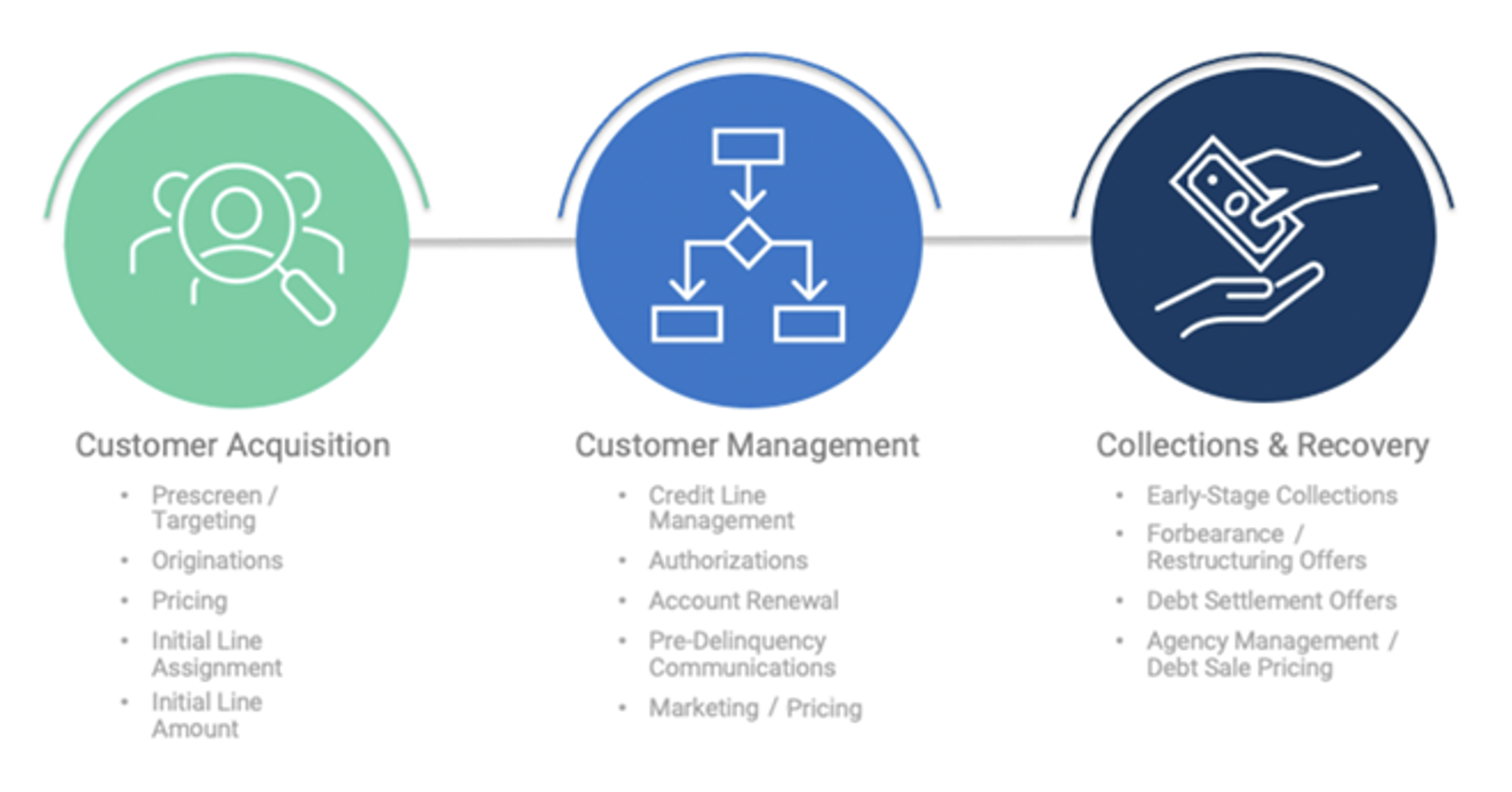Addressing Portfolio Risk in Economic Uncertainty: Part 1 (2022)
This four-part series looks at embedding portfolio risk resilience into decisions across the credit lifecycle through targeted application of the FICO® Resilience Index

Credit risk management veterans who are responsible for consumer loan portfolio risk management through the Great Recession can recall managing the challenge of responding to swiftly changing borrower payment behavior and the resulting portfolio delinquency and default rate volatility during that time. Unable to pinpoint the sources of rapidly growing credit losses across multiple asset classes, lenders attempted to broadly manage these impacts by dramatically restricting access to credit, reducing new account originations, cutting unutilized exposure, and intensifying collections practices, this strategy was a detriment to long-term business growth, portfolio profitability, and customer loyalty.
Plato famously wrote, “Our need will be the real creator,” which certainly applied to the invention of the FICO® Resilience Index. FICO’s data scientists in risk management created the FICO Resilience Index – an innovative analytic designed to rank-order consumers’ sensitivity to economic disruptions – in response to the industry's post-recession need to identify, manage, and protect against latent credit risk in lending portfolios (i.e., risk that only manifests during periods of economic stress) more precisely. FICO Resilience Index was explicitly designed to differentiate the expected performance of borrowers with similar FICO® Scores in a portfolio when faced with stressed economic conditions, providing a previously unavailable dimension of analytical insight and enhanced management strategy.
The sudden COVID-19-driven global economic disruption that began early in 2020 provided a sharp reminder of the industry's ongoing need for insights into latent portfolio risk. As seen during the Great Recession, lenders again applied broad-based responses to manage the anticipated delinquency and loss impacts, this time making much heavier investment of payment accommodations such as forbearance and deferral programs across multiple consumer asset classes.
This four-part blog series will help lenders understand how to embed portfolio resilience management into decisions across the credit risk management lifecycle—from customer acquisition to customer management to collections and recovery—through targeted application of the ground-breaking FICO® Resilience Index. Investment in the FICO Resilience Index can allow lenders to keep credit flowing for the most resilient borrowers in their portfolios within their risk tolerance, during periods of economic stress, while responsibly managing exposure where resilience risk is higher.

Consistently enhancing and managing resilience at key decision strategy points can reduce credit loss volatility through different economic cycles, with compelling benefits to portfolio risk management:
- Lower portfolio credit losses during economic downturns
- Enhanced portfolio credit risk management loss forecasting accuracy
- More stable portfolio credit loss allowance estimates, especially under Current Expected Credit Loss (CECL) modeling requirements that require a forward-looking view of lifetime expected credit portfolio risk losses
- Better stress test outcomes, supporting more efficient investment of capital and assets
Please visit the FICO Blog for all four parts of this series, helping you enhance your portfolio risk management and strategies in a time of economic uncertainty.
To gain more background about the FICO® Resilience Index, please visit https://www.fico.com/en/products/fico-resilience-index.
This blog is co-authored with Jim Patterson, Senior Director of Product Management.
Popular Posts

Business and IT Alignment is Critical to Your AI Success
These are the five pillars that can unite business and IT goals and convert artificial intelligence into measurable value — fast
Read more
It’s 2021. Do You Know What Your AI Is Doing?
New "State of Responsible AI" report from Corinium and FICO finds that most companies don’t—and are deploying artificial intelligence at significant risk
Read more
FICO® Score 10T Decisively Beats VantageScore 4.0 on Predictability
An analysis by FICO data scientists has found that FICO Score 10T significantly outperforms VantageScore 4.0 in mortgage origination predictive power.
Read moreTake the next step
Connect with FICO for answers to all your product and solution questions. Interested in becoming a business partner? Contact us to learn more. We look forward to hearing from you.
